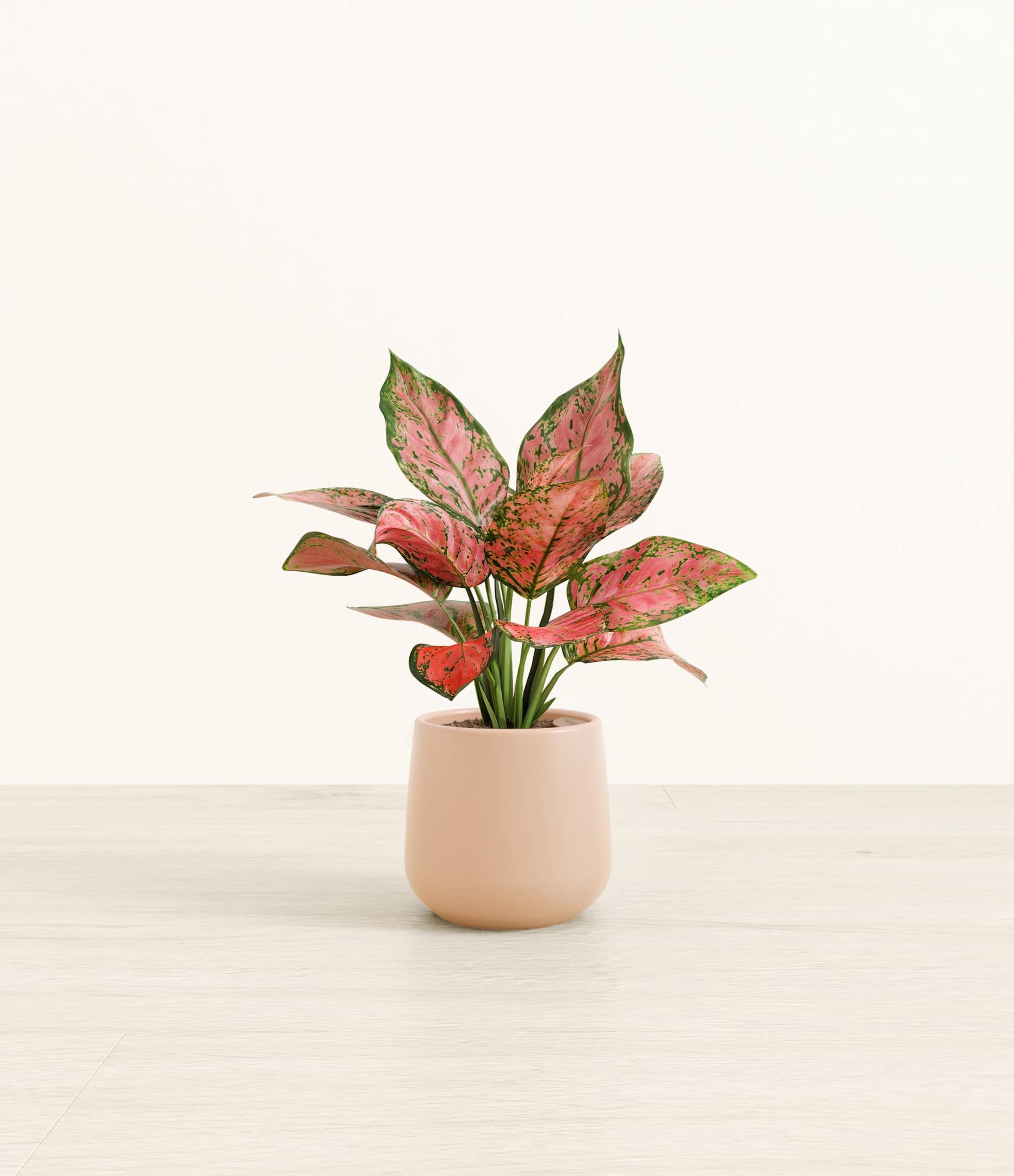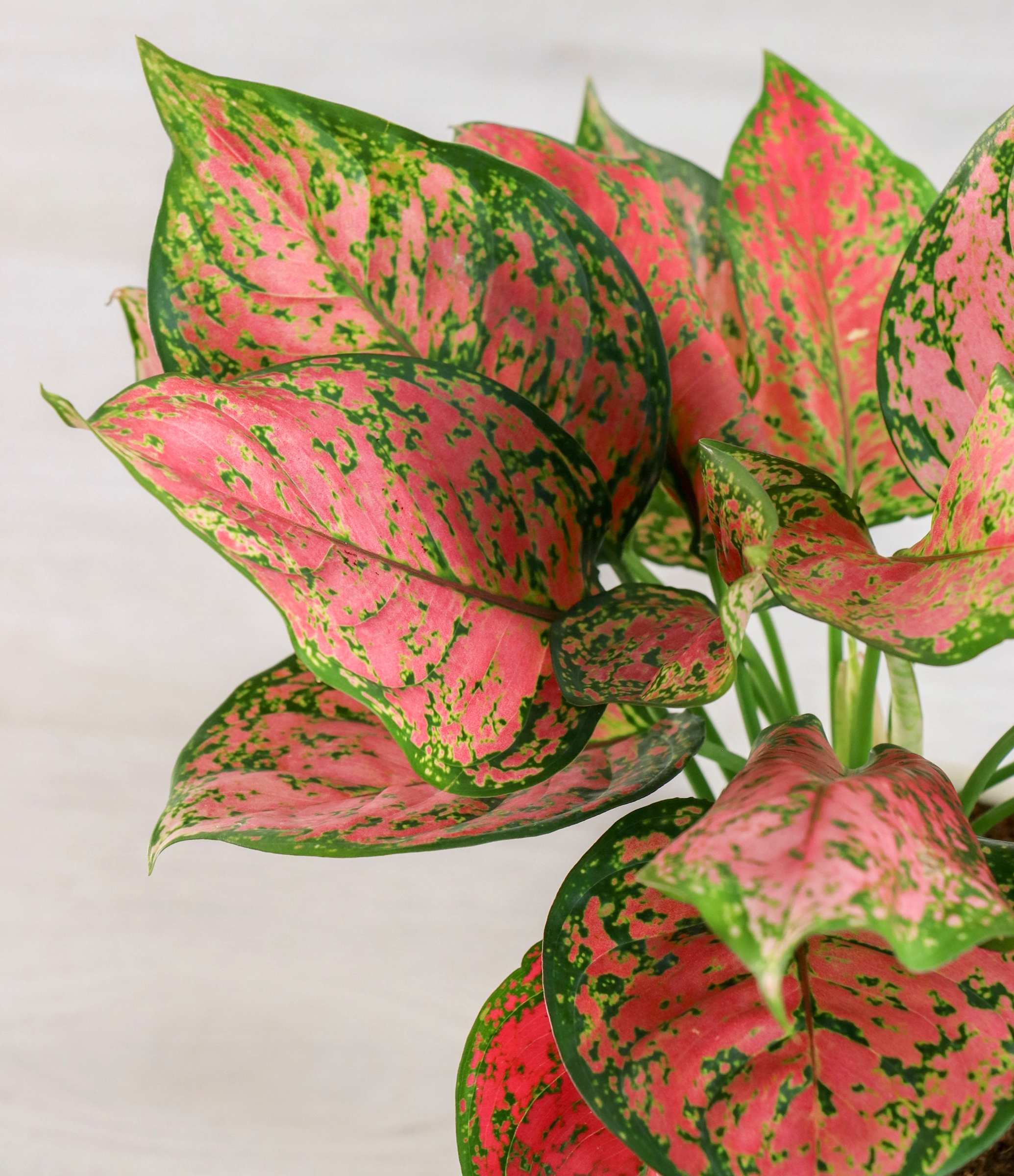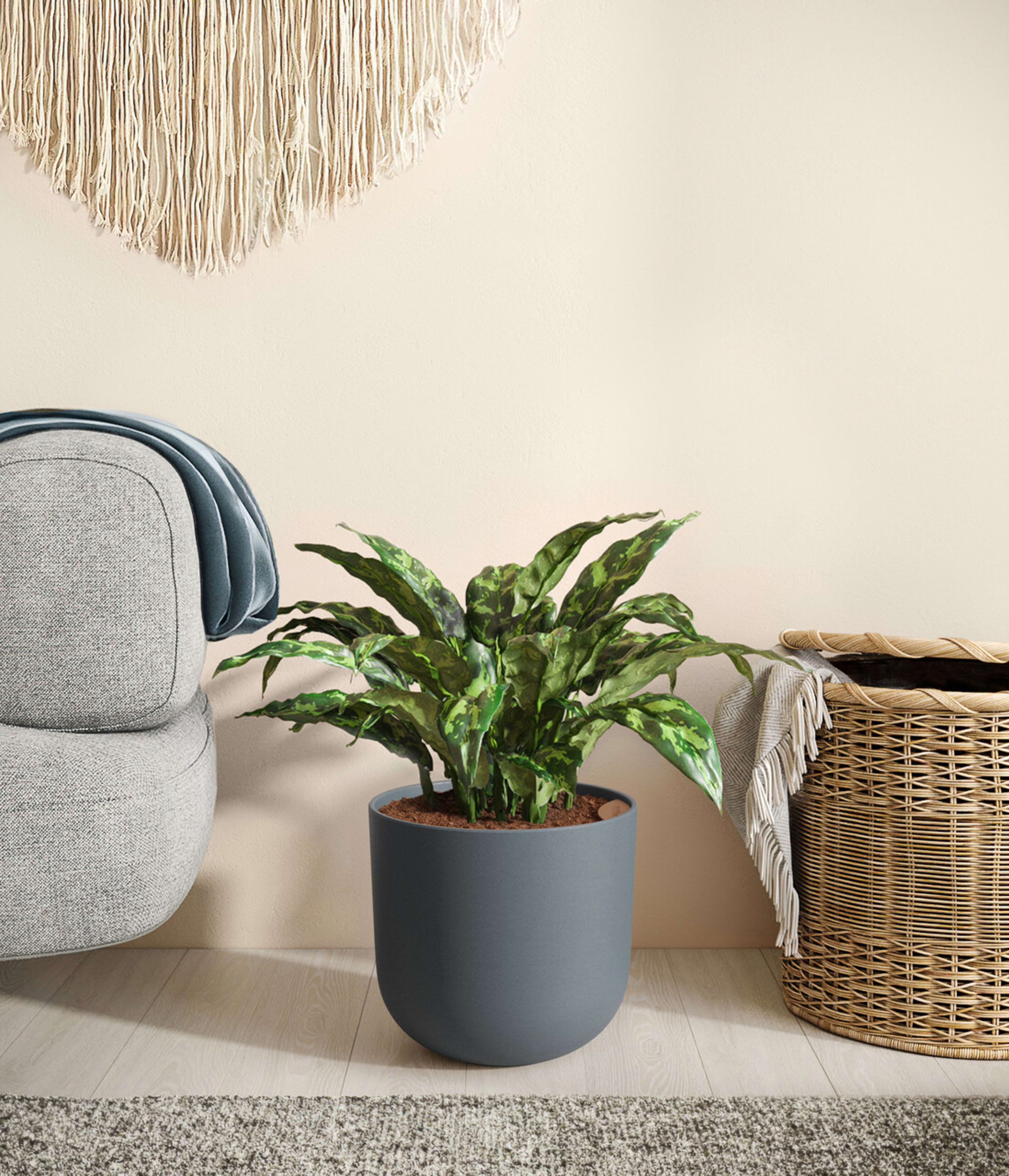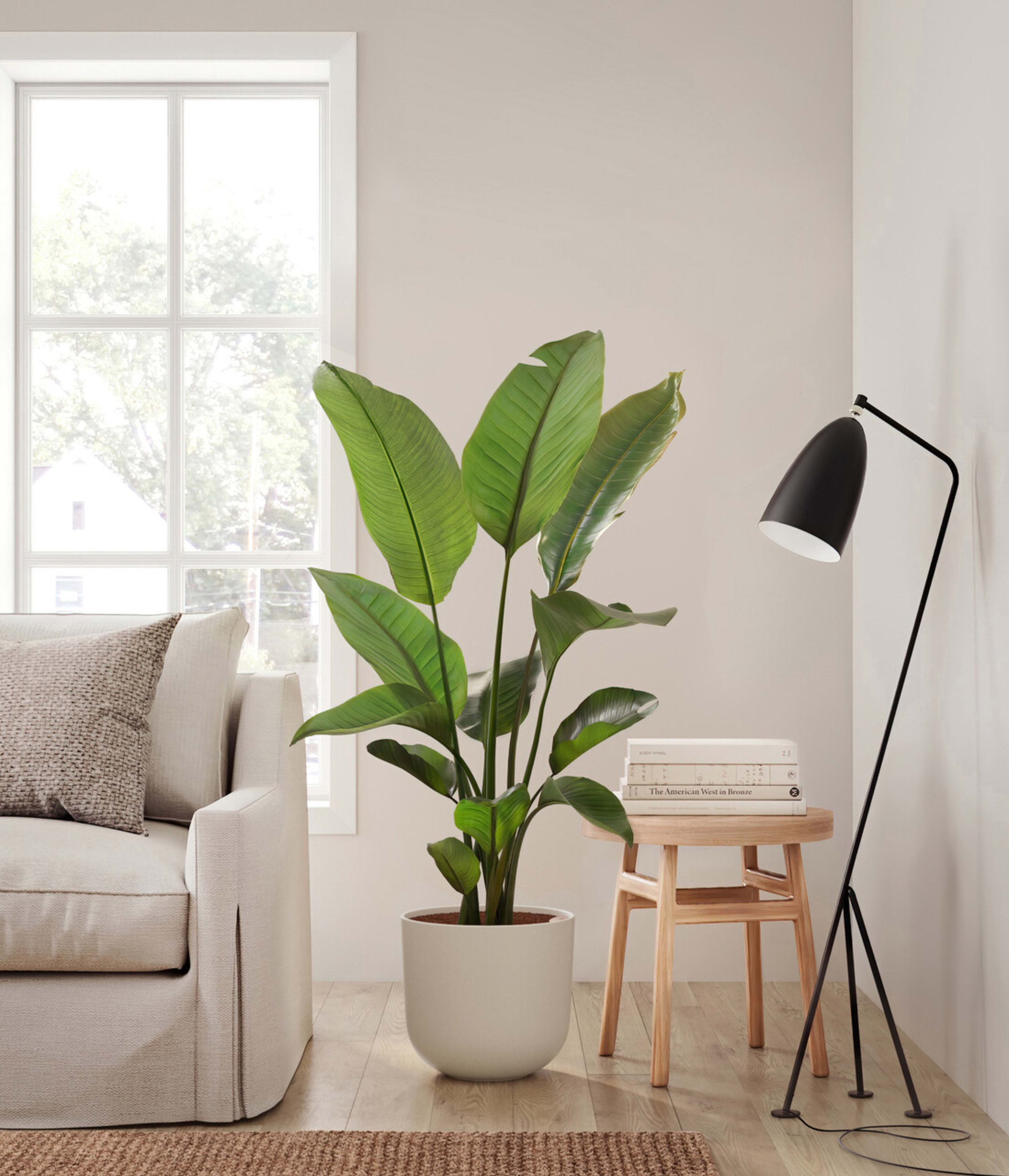Aglaonema Red Star

Aglaonema Red Star thrives in bright, indirect light. It’s best to avoid low-light areas, rooms without natural light, and direct sunlight, which can scorch the leaves.
- 1Open the lid and fill with water
- 2Your plant drinks only when needed
- 3The result: healthy, long-lived plants that are easy to care for
- Carefree and convenient
- No more worrying about when to water
- Healthier plants that live longer
- We use proven irrigation technology to optimise water consumption
| Advantages | Other | |
|---|---|---|
| Water interval | 1 Month | 1 Week |
| Overwatering | Rare | Common |
| Underwatering | Never | Common |
| Over compacted dry soil | Never | Common |
| Easily know when to water | ||
| Stable root growth |
When your Aglaonema Red Star first arrives, its leaves might look a little droopy. Don’t worry; this is completely normal. After being confined in a box, it just needs a bit of time to adjust to its new surroundings. With its lush green base variegated with lighter green or creamy patterns, this plant is a real showstopper. To keep it growing evenly, give the pot a quarter turn every month so all sides get their fair share of light. Regular maintenance of the leaves is also crucial. Gently wiping them with a damp cloth helps with light absorption and keeps your plant looking its best. This care routine ensures your Aglaonema Red Star remains an attractive and vibrant presence in your indoor plant collection. With a bit of attention, it will soon perk up and bring a touch of tropical charm to your home.
Aglaonema Red Star thrives in bright, indirect light but is adaptable enough to grow in medium to low-light areas as well. To keep its vibrant foliage, it’s best to avoid placing it in direct sunlight for extended periods.
Yes, Aglaonema Red Star is toxic if ingested, potentially causing irritation in the mouth and digestive upset. To keep your loved ones safe, make sure to keep this plant out of reach of pets and young children.






 small
small medium
medium bundles
bundles large
large huge
huge